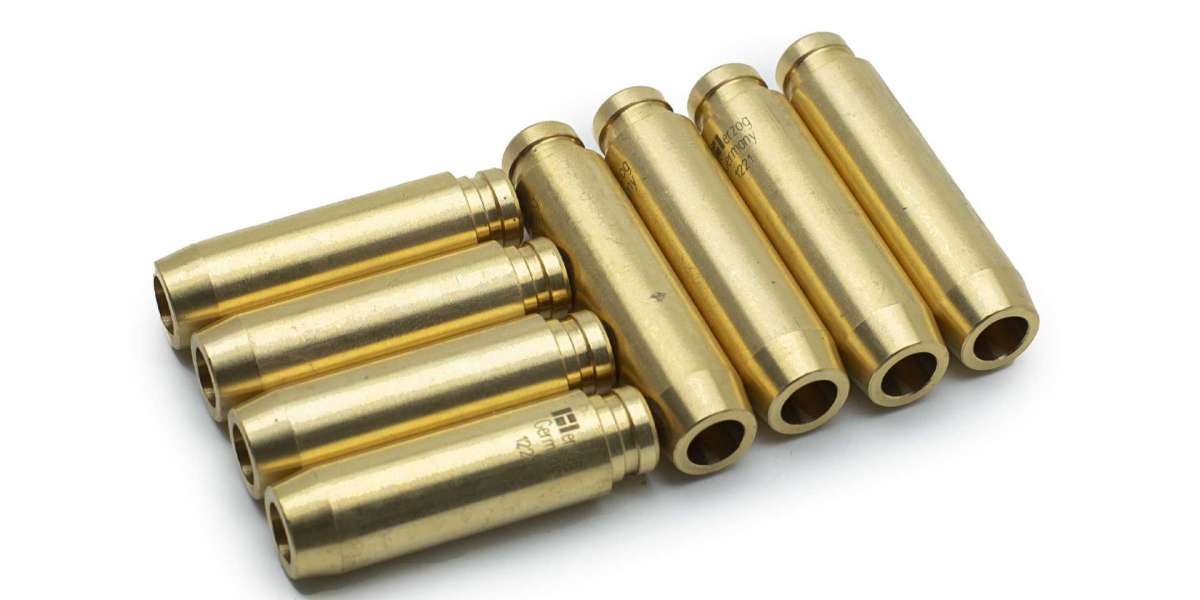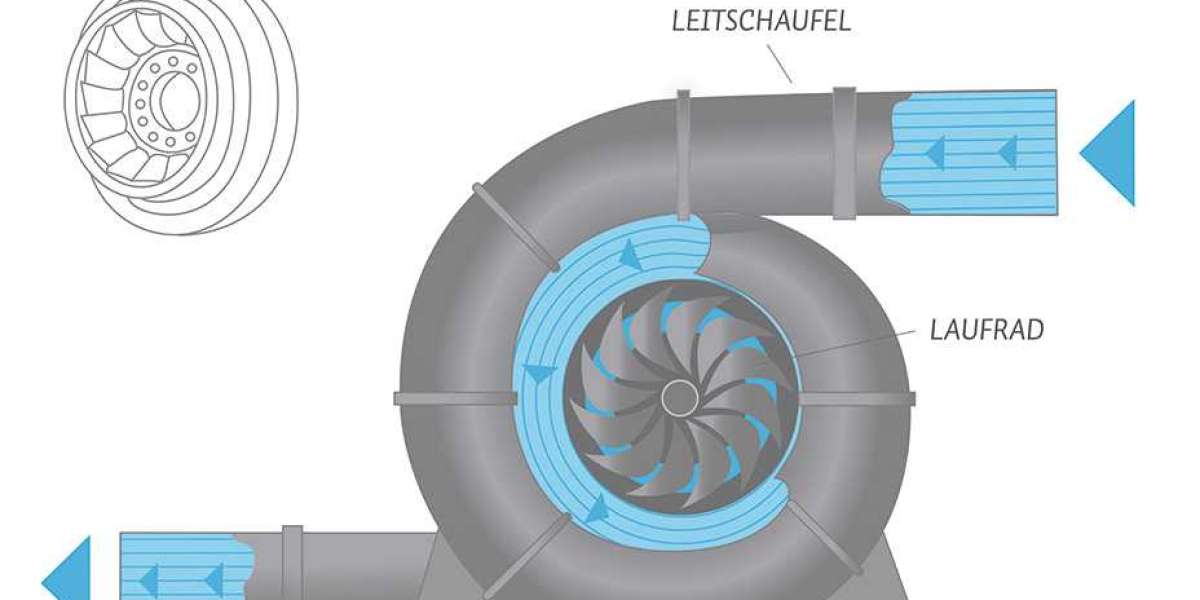Have you ever popped the hood of your car and wondered what keeps everything running so smoothly? Hidden deep in the heart of your engine are small but essential parts called valve guides. Often unnoticed, they play a huge role in your car's performance and longevity. Let's get up close and personal with these unsung heroes of the engine world.
Understanding Valve Guides
Valve guides are like the unsung conductors of an engine's symphony. They're small tubes that help the engine's valves move up and down smoothly. These guides are vital for three reasons:
- They keep the engine running efficiently: By ensuring the valves open and close precisely, they help maintain the engine's timing and performance.
- They prevent engine damage: Good valve guides keep the valves aligned, preventing wear and tear on the engine.
- They help dissipate heat: Engines get hot, but valve guides help move heat away from critical areas.
Most valve guides are made from tough metals like bronze. They need to be tough because they face a lot of heat and friction. Understanding these small parts can make a big difference in how you care for your car.
Symptoms of Worn Valve Guides
Knowing when your valve guides are wearing out can save you from bigger headaches down the road. Here are some signs to watch for:
- Your car is using more oil than usual: This can be a sneaky sign that your valve guides are wearing out.
- You see smoke coming from the exhaust: If it's blue or white, it's time to check those guides.
- Your car sounds different: A change in engine noise or a misfire can be a clue that something's not right with the valve guides.
- Your car just doesn't feel right: If the engine feels rough or less powerful, the valve guides could be the culprit.
It's all about spotting these signs early. This way, you can take action before bigger engine problems show up.
The Impact of Neglected Valve Guides
Ignoring valve guide issues can lead to some serious problems:
- Less efficient engine: If valve guides wear out, your engine won't run as smoothly. This means you could end up spending more on fuel.
- Big repair bills: Small issues with valve guides can turn into big, expensive repairs if they're not fixed in time.
- Shorter engine life: Regular valve guide maintenance can keep your engine running for longer. Neglecting them can mean saying goodbye to your engine sooner than you'd like.
The takeaway? Paying attention to these small parts can save you a lot of money and trouble in the long run.
Best Practices for Valve Guide Maintenance
Taking care of your valve guides doesn't have to be a chore. Here are some simple tips:
- Check them regularly: Make valve guide checks a part of your routine car maintenance.
- Use good quality oil and fuel: This can reduce wear and tear on your valve guides.
- Don't wait to fix problems: If you notice any of the signs of wear, get your car checked out.
- Get professional help: Sometimes, it's best to leave things to the experts. A good mechanic can spot and fix valve guide issues before they become major.
By following these steps, you can keep your valve guides, and your engine, in great shape.
Conclusion
Valve guides might not be the first thing you think of when it comes to car maintenance, but they're crucial for a smooth-running engine. By understanding their role, knowing the signs of wear, and keeping up with maintenance, you can avoid costly repairs and keep your car running like a dream. So next time you're thinking about your car's health, don't forget about those hardworking valve guides. They might be small, but their impact is huge. For more detailed information, check out this comprehensive guide on valve guides.








